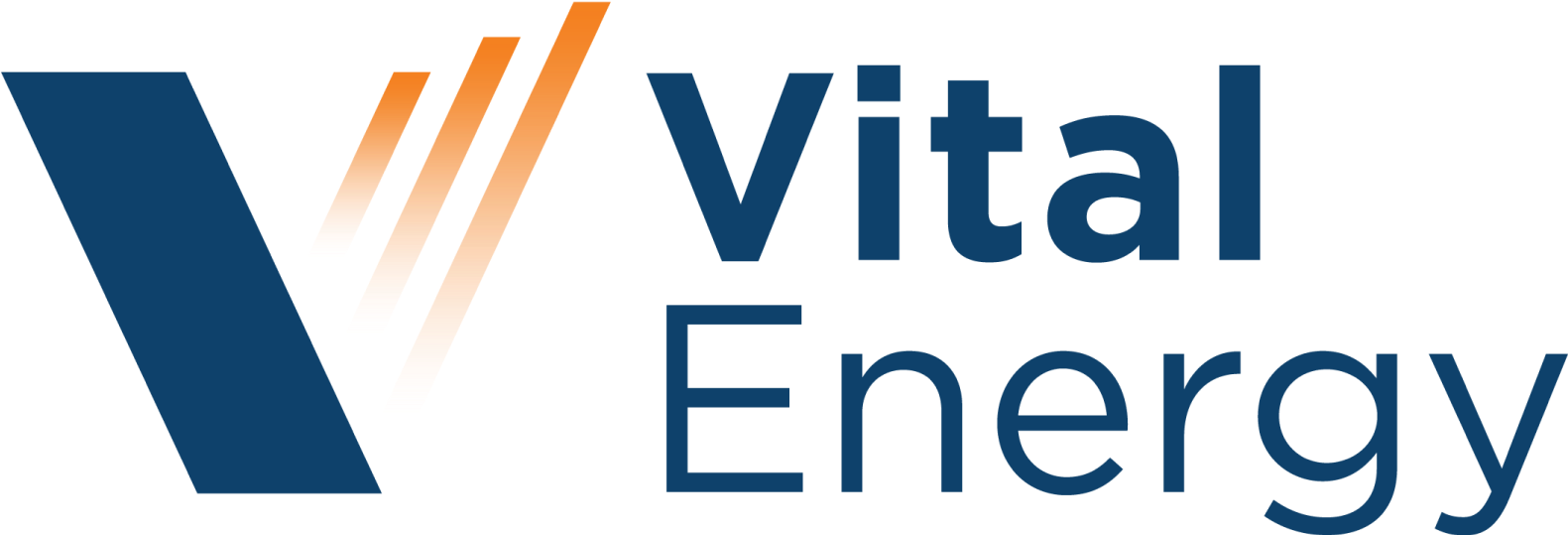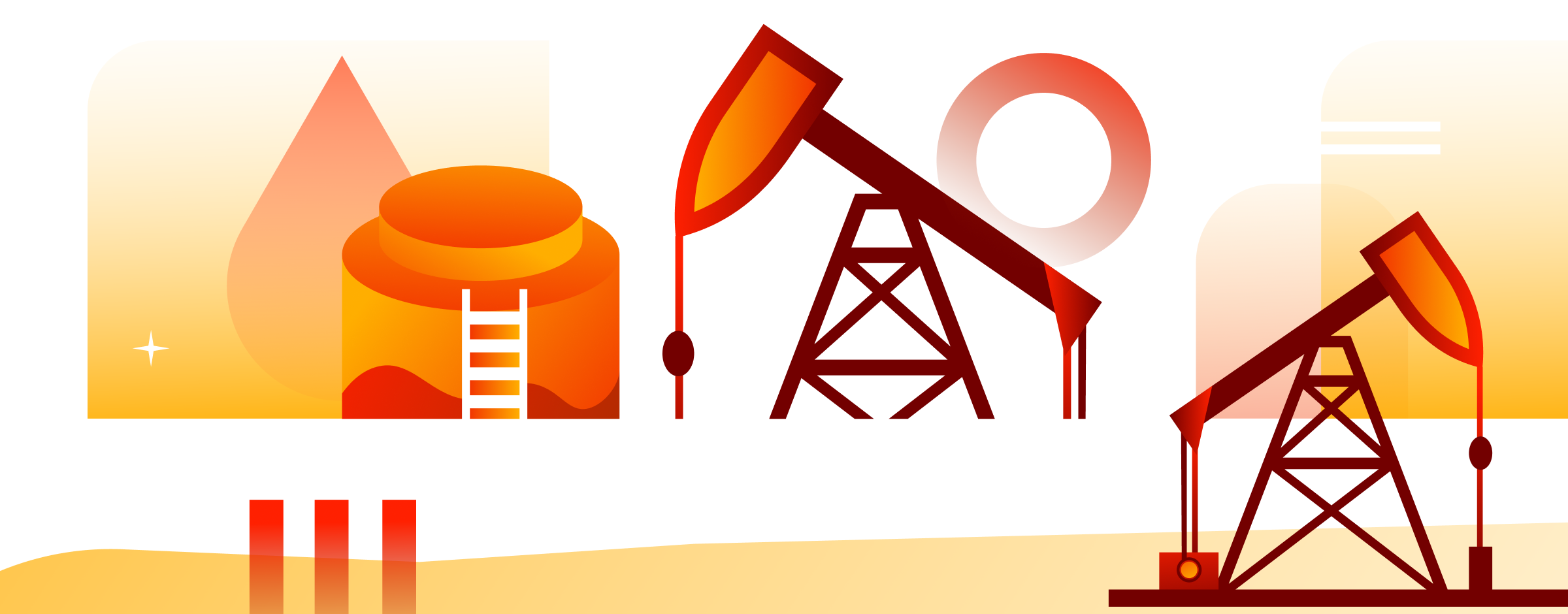Vital Energy and SoftServe Join Forces to Optimize Gas Lift Systems and Boost Production Rates

Providing more sustainable and abundant energy to help people live better, healthier, and more prosperously has always been the goal of our client, Vital Energy (previously known as Laredo Petroleum).
Vital Energy is an innovative energy company that explores, acquires, and develops oil and gas resources in the largest and most productive hydrocarbon region in the world, the Permian Basin. The company is focused on energizing human potential while seeking new and better ways to responsibly produce energy to sustain our world.
Digital transformation is a strategy that Vital Energy actively embraces. SoftServe is a key engineering and consulting partner to Vital Energy and has helped them leverage data and develop AI algorithms to boost their digital effectiveness.
Vital Energy's business relies heavily on artificial lift systems. Selecting the correct operating parameters for the lift systems is a significant challenge, and getting it right is essential for maintaining a safe working environment while maximizing well productivity. Fortunately, intelligent technologies such as artificial intelligence (AI), machine learning (ML), the internet of things (IoT), and data science have simplified monitoring, analysis, and optimization tasks. These intelligent tools enable operators to identify potential problems and recommend optimal operation parameters, leading to increased oil and gas production.

Business challenge
Gas lift systems are commonly used in the oil and gas industry to lift fluids from wells to the surface. While gas lift systems can be effective and have many advantages, there are challenges that can affect their performance and reliability. These challenges typically center around operational regimes and reservoir parameters such as:
- Finding the optimal injection rate can be challenging due to factors such as wellbore geometry, fluid properties, and reservoir conditions. If the injection rate is too high, it can lead to gas channeling, which reduces the effectiveness of the system. If the injection rate is too low, it can lead to insufficient gas lift, which reduces production.
- Maintaining consistent injection pressure. Ensuring that the injection pressure of gas remains stable is crucial to effectively operating gas lift systems. Key challenges are around fluctuations in reservoir pressure, alterations in wellbore geometry, and changes in fluid composition during production. Often a sign of insufficient injection pressure is gas slippage — when gas escapes around the outside of the tubing instead of lifting the fluids to the surface.
Other challenges are more about equipment reliability, well integrity, and mistakes in initial well design:
- Hole in the tubing is a common problem for wells both free-flowing and on artificial lifts. For gas lift-operated wells this is particularly pricy due to high losses in production and downtime needed to deal with the problem. Some of those “holes” are often caused by corrosion and erosion processes, some by leaky injection valves or tubing joints.
Faced with these challenges, Vital Energy wanted to create data- and knowledge-driven solutions to help with gas lift system optimization, monitoring, and troubleshooting.
Vital Energy selected SoftServe as their project partner due, in part, to our extensive expertise in the energy domain, particularly in implementing various types of solutions for artificial lift systems. In addition, our expertise extends to big data, data science, ML technologies, and AWS services.
The approach
To better understand the client's business needs and requirements, the SoftServe team initiated the discovery phase and conducted workshops. Following this, we provided proof of concept (PoC) to demonstrate the solution's feasibility, and the team will now work on developing the full-scale software solution.

This is not the first project SoftServe has done for Vital Energy. Previously, we built an ESP well optimization solution leveraging AI algorithms to automatically adjust back pressure, pump speed, and other settings to maximize production and well life. Check out the case study.
SoftServe paid special attention to Vital Energy’s needs and requirements. The team adopted an agile approach and quickly adapted to changing circumstances as they arose. Our experts proposed various enhancements that helped Vital Energy improve its processes.
Here’s what the PoC solution for the gas lift optimization project delivered:
- An anomaly detection algorithm that is pointed for early signs of a hole in the tubing and scale built-up was developed.
- Dashboards with operational values and calculated parameters, visualization, anomalies, alerting, and equipment grouping were created and deployed.
- We developed data processing and visualization parts: including a set of automated scripts (IPython notebooks) and a dashboard with well production optimizations and the anomaly detection model.
- Our experts implemented various calculation processes, including gas gravity and molar mass, gas amount, temperature and pressure time-series decomposition, GLR, critical velocity, and critical flow rate.
The scripts created conduct all data ingestion, preparation, and processing jobs, store all results on the S3 bucket, and keep the processed data up to date with regular recalculation procedures.
The dashboard loads all the data created by the scripts and visualizes them quickly, simply, and effectively.
The gas fluctuation prediction model deployment is in progress. The biggest challenge is to apply real-time predictions of optimal gas injections into the gas lift system.
Project outcomes:
- New domain data analysis
- Many nontrivial data calculations of physical processes
- Machine learning modeling of gas flow rate variation
- Machine learning well anomaly detection
- Gas-lift optimization/gas fluctuation model
- Dashboard pilot

Value delivered
As a result, Vital Energy has improved its decision-making and gained operational transparency thanks to dashboards that provide nearly real-time data from various sources on the status and performance of the entire compressor pack, individual compressors, and the wells they service.
By consolidating all critical information in one place, operators can quickly identify and address any issues or alerts, ensuring optimized performance and reduced downtime. Additionally, the historical data provided by the dashboard is used to make informed decisions about maintenance schedules, capacity planning, and other operational adjustments.
The solution delivers these three main levels of analysis:
- The pack overview provides a comprehensive view of the entire well pack, including information on the status of each compressor and any alerts or issues that have been detected.
- The compressor details provide detailed information on each compressor. This information can be used to identify and troubleshoot issues related to the well and to monitor the compressors' performance over time.
- The well details show weekly key performance indicators (KPIs) for the selected well. These KPIs provide a snapshot of the well's performance over the past week, including metrics such as oil change, formation gas change, injection point depth change, GLR dynamic, and water CFR dynamic.
Want an update on this Vital Energy project?
Watch our on-demand presentation, Optimizing Artificial Lift Systems with Edge AI, to learn how advanced AI solutions added 45,000 barrels per month to production.


